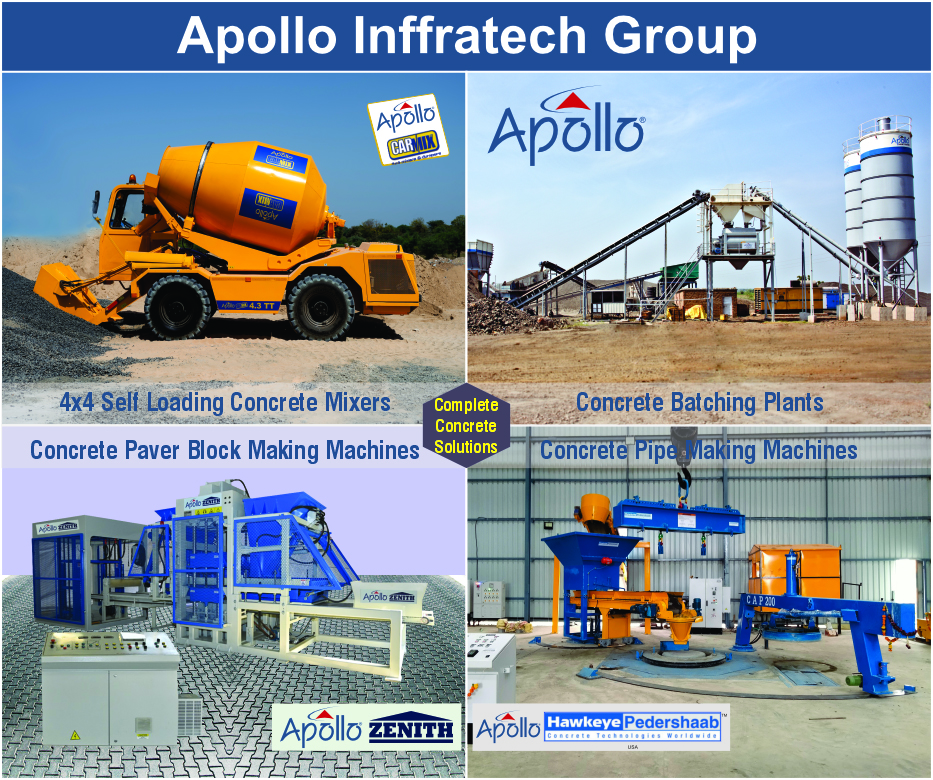Innovative construction materials derived from agricultural waste are transforming urban building practices, offering sustainable alternatives to traditional materials. These eco-friendly options not only reduce the environmental footprint of construction but also promote circular economies by repurposing agricultural by-products.
1. Strawcture Eco’s Agricultural Waste Panels
Strawcture Eco, a startup based in New Delhi, has developed building panels made from agricultural residues like wheat and rice straw. These panels are bonded using natural adhesives, creating lightweight, fire-resistant, and thermally efficient materials suitable for urban construction. By utilizing crop residues, the company addresses both waste management and sustainable building needs.
2. Sugarcrete™: Concrete from Sugarcane Waste
In the UK, researchers have introduced Sugarcrete™, a concrete alternative made from sugarcane bagasse, a by-product of sugar production. This material boasts a carbon footprint 15–20% that of traditional concrete, offering a sustainable option for urban infrastructure. The initiative demonstrates the potential of agricultural waste in reducing construction-related emissions.
3. Mycelium-Based Construction Materials
Mycelium, the root structure of fungi, is being explored as a building material when combined with agricultural waste. This biodegradable composite offers strength, insulation, and fire resistance, making it a promising candidate for sustainable urban construction. Its use represents a step towards integrating natural materials into cityscapes.
4. Hempcrete: Insulating with Hemp
Hempcrete, a mixture of hemp hurds and lime, serves as an insulating material for buildings. While not load-bearing, it provides excellent thermal and acoustic insulation, contributing to energy-efficient urban structures. Its application highlights the versatility of hemp in sustainable construction.
5. Eco-Block: Recycled Waste Bricks
The Eco-Block, developed by Hong Kong Polytechnic University, is a brick made from recycled materials such as glass and construction waste. These bricks not only reduce landfill waste but also help in purifying air by breaking down pollutants like nitrogen oxides. Their use in urban construction promotes both sustainability and environmental health.
Conclusion
The integration of agricultural waste into urban construction materials offers a sustainable solution to the challenges of waste management and environmental impact in cities. These innovations pave the way for greener urban development, aligning with global efforts towards sustainability and circular economies.









